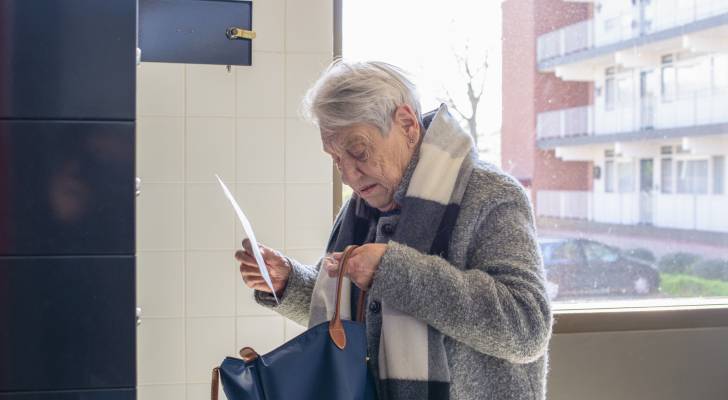
As the changes to Social Security continue, some older Americans may find themselves having to play catch-up.
In March, President Donald Trump signed an executive order to stop issuing paper checks by September 30 and instead use direct deposit, prepaid cards or other digital payment options.
Don’t miss
- I’m 49 years old and have nothing saved for retirement — what should I do? Don’t panic. Here are 5 of the easiest ways you can catch up (and fast)
- You’re probably already overpaying for this 1 ‘must-have’ expense — and thanks to Trump’s tariffs, your monthly bill could soar even higher. Here’s how 2 minutes can protect your wallet right now
- Gain potential quarterly income through this $1B private real estate fund — even if you’re not a millionaire. Here’s how to get started with as little as $10
This move might seem inconsequential, but it impacts nearly half a million seniors nationwide. While the White House is determined to modernize the system, many retirees have yet to fully adopt new technologies, putting them at risk of missing essential benefits.
According to the Social Security Administration (SSA), 485,766 beneficiaries received their monthly Social Security payments via physical check in April.
With that in mind, here are the top five states where seniors are most exposed to this sudden change.
Where the end of paper checks will be felt most
There isn’t a state in the union that doesn’t have someone who still receives their benefits via the post. However, some states expect to weather the change better than others.
For instance, in the District of Columbia, only 789 retirees received physical checks for Social Security in April. In North Dakota and Wyoming, that number is less than 940. Most seniors who rely on a more traditional form of payment live in one of the largest states or overseas territories.
In U.S. territories such as Puerto Rico, approximately 6,785 individuals still receive their Social Security benefits through physical checks each month, rather than through direct deposit.
Among the 50 states, California stands out with the highest number of residents still relying on paper checks for their monthly Social Security payments — exactly 51,649 people. Texas is a distant second with 35,504 recipients, while New York ranks third with 30,676 individuals.
Despite the widespread push toward digital payments, tens of thousands of Americans remain dependent on traditional check delivery. Florida, often regarded as a top retirement destination for older Americans, is home to many seniors who still receive paper checks. According to SSA data, 30,016 Floridians continue to have their monthly payments delivered by mail.
Finally, Ohio rounds out the top 5 with 19,769 Americans still preferring paper to digital payments.
Still, many of these seniors may struggle to pivot to the Trump administration’s change in policy to online payments.
Read more: Want an extra $1,300,000 when you retire? Dave Ramsey says this 7-step plan ‘works every single time’ to kill debt, get rich in America — and that ‘anyone’ can do it
Barriers to modernization
According to 2024 data from the Pew Research Center, roughly 10% of U.S. adults over 65 do not have an internet connection, which places them at a disadvantage.
Although Trump’s executive order offers an exemption for individuals who do not have access to banking services or electronic payment systems, many seniors may not qualify for this exemption before the September deadline.
Recent cuts to the SSA have seen field offices shuttered and staff reduced. That means beneficiaries who do not have internet or have mobility issues may have trouble connecting to the agency in person or by phone.
Those impacted by the policy change are encouraged to call or visit the SSA to ensure their benefit payments are not disrupted.
What to read next
- Don’t have the cash to pay Uncle Sam in 2025? You may already be eligible for a ‘streamlined’ handshake with the IRS — here’s how it works and how it can potentially save you thousands
- Robert Kiyosaki warns of a ‘Greater Depression’ coming to the US — with millions of Americans going poor. But he says these 2 ‘easy-money’ assets will bring in ‘great wealth’. How to get in now
- Here are 5 ‘must have’ items that Americans (almost) always overpay for — and very quickly regret. How many are hurting you?
This article provides information only and should not be construed as advice. It is provided without warranty of any kind.